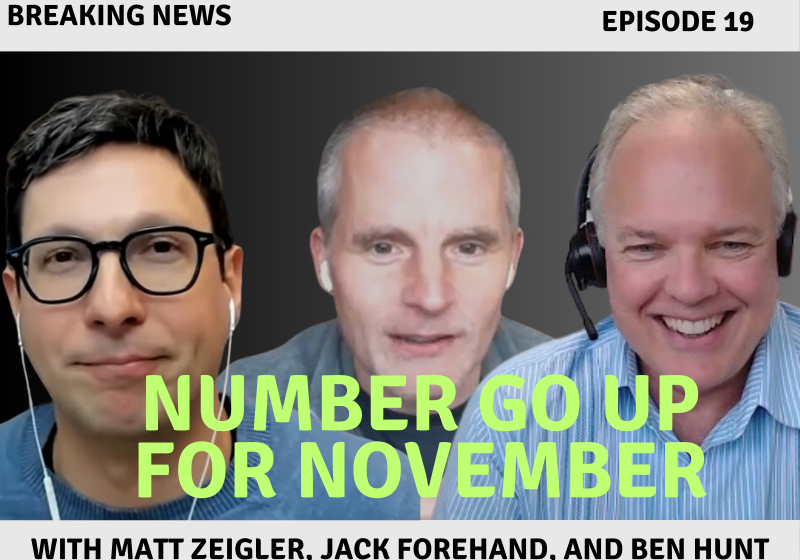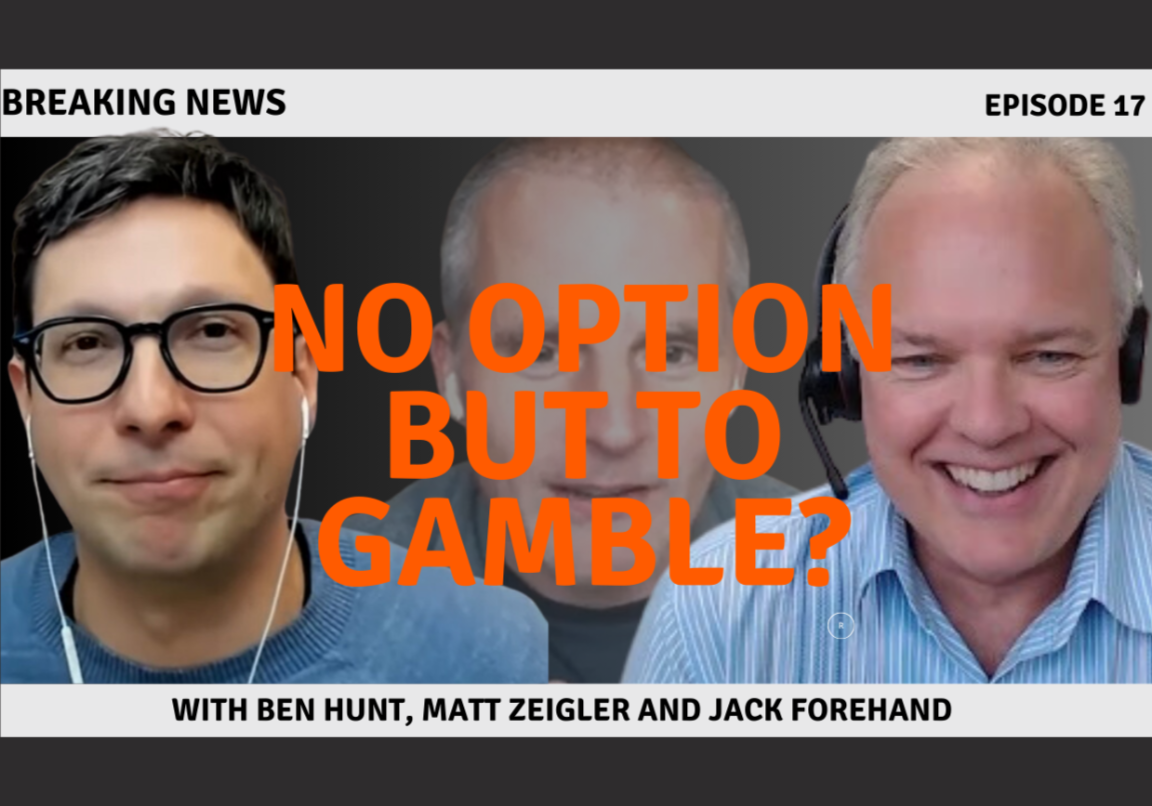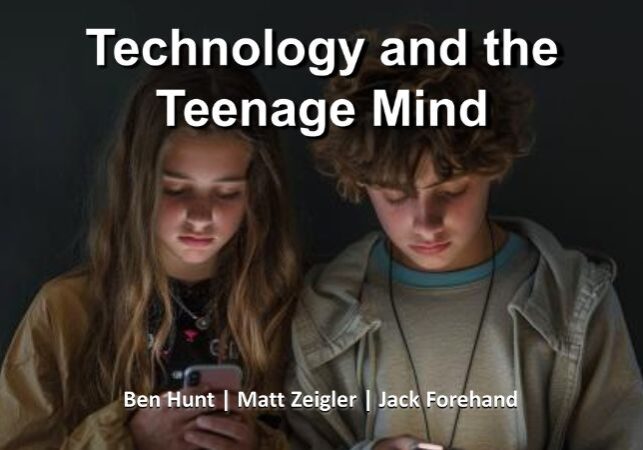Please Note: For now, this will likely only be a desktop-only feature, so please access next time you’re at your laptop or workstation.
We subject all other publishers and media to The Narrative Machine, but what about us? Yes, we are missionaries, too. In that spirit, we’ve created a Narrative Map of all the notes and briefs we’ve ever written, going deep through our full six-year archive.
If you’ve been reading certain notes and want to go down the rabbit hole to find some notes telling similar stories in different ways to help grasp a concept, this will show you the way. If you want to see the notes which connect the various civic, political and investment topics we cover, this will help you do that, too. Want to see what the core Epsilon Theory narratives are? Want to see how we connect the ideas of individual sovereignty, big data, political polarization and Missionary behaviors in media? Look for the intersection points and connections (lines) between clusters.
Just click on any node and it will take you to one of our 300+ notes or briefs.
As you navigate through this map, you’ll find how faded narratives return with a similar rhyme. See that Game Theory node embedded in the midst of the Central Bank Omnipotence cluster? That’s Ben’s recent “Lord Make me Chaste…But Not Yet” brief.
If these maps we produce using software from our friends at Quid is unfamiliar to you, a couple of quick reminders.
- Up, down, left and right have no objective significance here. It’s all about connectedness and proximity.
- Proximity is a good guide for similarity in the use of language. This is true within clusters, across clusters, and between the clusters themselves.
- Adjacency, which is expressed with a connected line within or between clusters, is usually an indication of multiple identical uses of language. Look for these to find the most closely related topics.
- Colors reflect clusters, a range of articles that are most closely connected to one another
We’ll be shooting to update this every month or so. You’ll find that the clusters themselves begin to shift meaningfully as even a few new pieces of content are added for context. But for now, enjoy going down a few rabbit holes.










This data visualization makes my right brain very, very happy. Thanks, Rusty.
Glad to hear it, Jane!
Thanks for the explanation of the narrative map. There is something I don’t understand. You mentioned “adjacency”, “proximity” and “color”. Are these variables all orthogonal to each other? In other words, is each of the three variables independent of the other two?
I assume the label for each cluster (color) is defined by a human, not the machine. Is that right?
You mentioned the “Game Theory node embedded in the midst of the Central Bank Omnipotence cluster”. I assume that that node is not connected to any Central Bank Omnipotence node? Given that it is embedded in the Central Bank Omnipotence cluster, what is it specifically that makes it part of the Game Theory cluster?
Thanks for the good questions, Matthew.
Thanks Ben.
Sorry to keep pestering you. Ignore me if it gets to be too much.
I looked up the Adjacency Matrix on Wikipedia, so I do understand adjacency now.
You said that the underlying matrix space is N-dimensional, where N is very large. I presume that each dimension represents a [shared common] word? Then a link between node A and node B in dimension n of N would represent A and B both using word n, right?
Does the distance between node A and B in dimension n somehow represent the similarity in the number of times word n is used in A wrt B? So that if A and B both use word n the same number of times then there is zero distance between them in dimension n. Just a guess. Is that right?
What does the diameter of node A represent?
Thanks in advance.